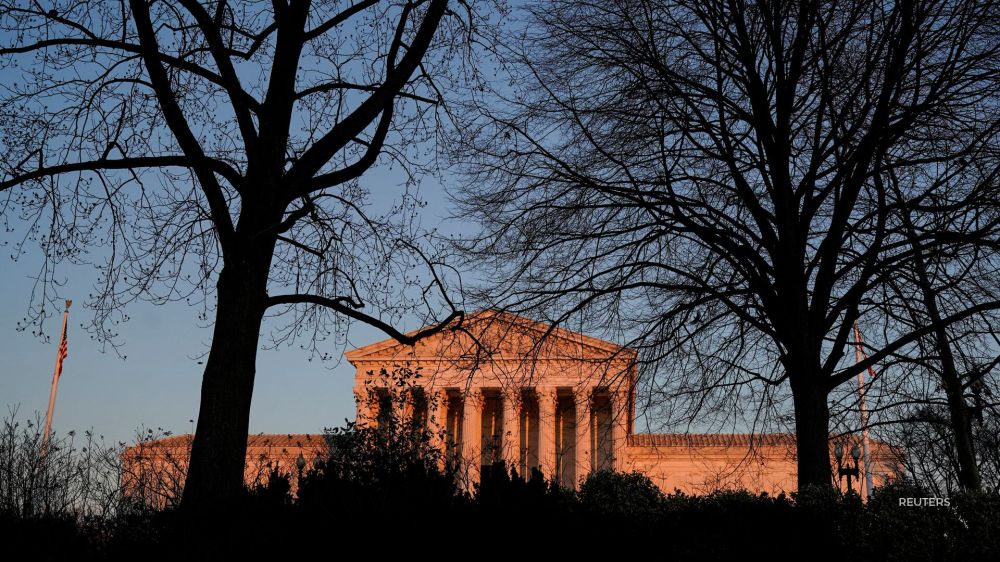The Supreme Court is allowing Alabama’s congressional maps to stay in place – at least for the time being. In a 5-4 decision, the Court froze a lower court ruling that states the new map likely violates the Voting Rights Act. Chief Justice John Roberts joined the court’s liberal wing in the dissent.
Opponents of the decision argue Alabama’s new congressional maps weaken the power of black voters. The District Court ordered the state to redraw its maps. The stay from the Supreme Court means the maps will remain in place for the upcoming primaries and the midterm elections in November.
Justice Brett Kavanaugh concurred with the conservative majority in saying this stay follows precedent and is not a decision on the merits of the case. He cited the Purcell principle:
“(i) that federal district courts ordinarily should not enjoin state election laws in the period close to an election, and (ii) that federal appellate courts should stay injunctions when, as here, lower federal courts contravene that principle.”
Kavanaugh further cited the Purcell principle in saying the changes required by the lower court would be too difficult for state officials to accomplish in such a short period of time. Alabama’s primary election season officially begins in March.
“The District Court’s order would require heroic efforts by those state and local authorities in the next few weeks—and even heroic efforts likely would not be enough to avoid chaos and confusion,” Kavanaugh wrote.
Justice Elena Kagan dissented, writing Alabama is unlikely to succeed on the merits of the case after a full review. Justice Kagan wrote an appeal is made when a litigant believes they will succeed on the merits, and “Accepting Alabama’s contentions would rewrite decades of this Court’s precedent about Section 2 of the Voting Rights Act.”
Because this isn’t a decision on the merits of the case, further appeals and challenges will follow. Alabama asked for the stay until it has had to time issue an appeal the lower court’s ruling.
Want to learn more about congressional redistricting and how it works? Check out this story that fully explains the map drawing process.
